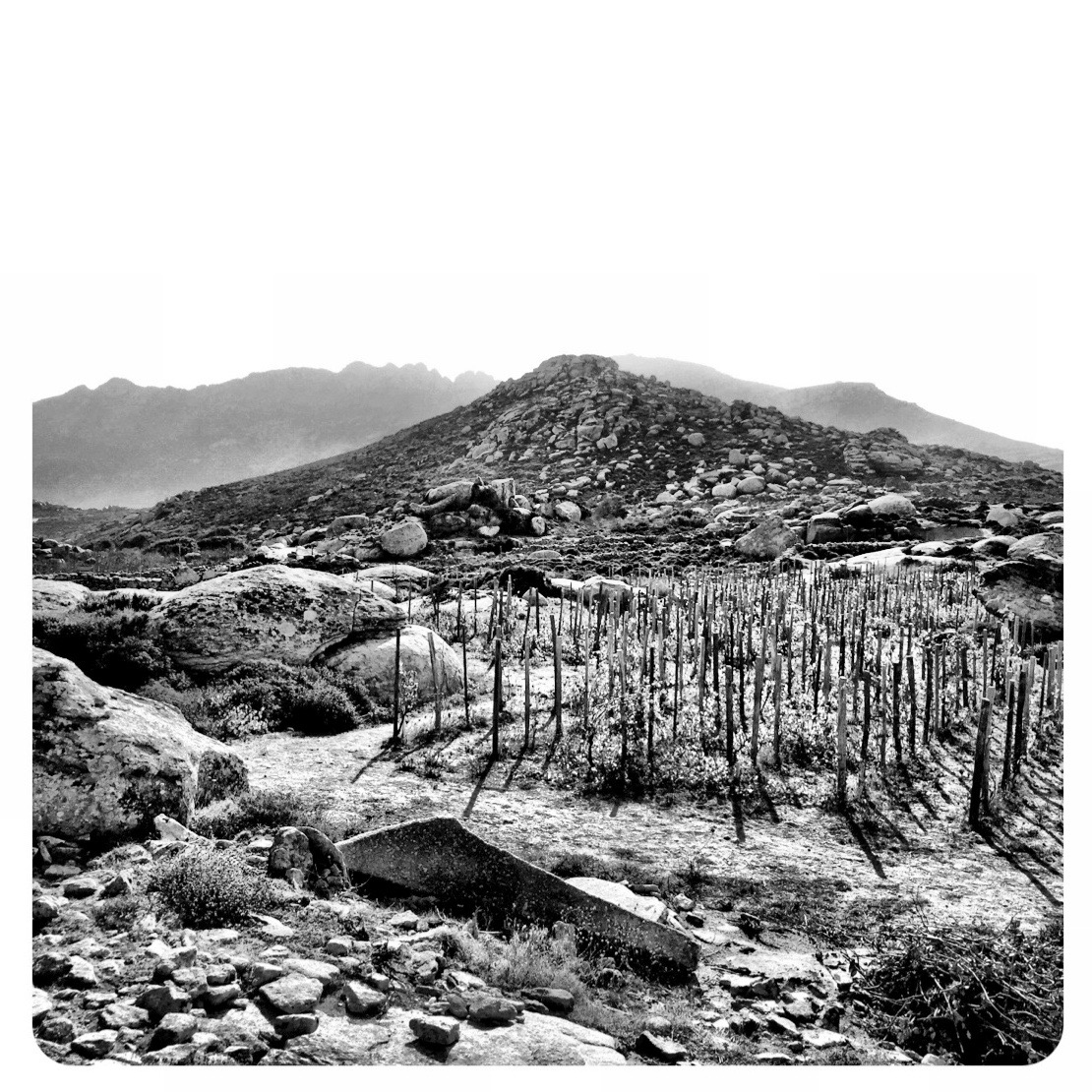Greg Sherwood MW: Harnessing the potential of future vineyard sites
By Greg Sherwood, 18 May 2022

Profitability in the wine industry has always been a hot topic and surely none more so than when it comes to planting new vineyards. The old adage of “How do you make a small fortune from growing grapes? Start with a very large fortune…” seems to ring true all around the world, not only in South Africa. With the cost of raw materials as well as skilled labour spiralling ever skyward, it is understandable that the vineyard hectarage in most wine regions around the world is at best static, but more likely shrinking as old, unproductive vineyards are retired or others are simply grubbed up and replaced by fruit orchards or more profitable alternative crops. A stark reality indeed when you consider the longer-term future of the wine industry in say 20- or 30-years’ time.
It certainly becomes very difficult to see past all the doom and gloom when you consider that the cost of planting a hectare of new vineyards is never going to get any cheaper, only more expensive. If by the grace of gods and a generous bank manager, a winemaker or landowner is able to initiate the planting of new vineyards, the calculations that will need to go into evaluating the future profitability of those vineyards must surely seem very daunting when translated into potential cost of wine in bottle. Grape growing and winemaking is seemingly only heading towards a very premium and luxury-priced market space in the future.
It all reminds me of when I was younger and had finished studying my initial qualifications and I informed my parents that I was planning to leave home, move to Cape Town, get a job, rent a flat and get on with my life in the big world out there. My father sat me down and made a long list of unavoidable costs including healthcare insurance, food costs, transportation costs, etc. and then tallied up the amount, enquiring if my guestimated take home pay would cover this sizable figure? Well, guess what. I made the move to Cape Town anyway despite the sums not adding up. This to me is almost an extended metaphor for grape growing and winemaking. More often than not, the sums don’t initially seem to add up or make sense on paper, but people throw caution to the wind and proceed regardless.

Much of this daring positivity lies in a winemaker’s belief that there is still an opportunity to make something very, very special and unique, that will, in the end, justify the costs and hard work. Of course, this positivity and belief can be seen all over the Cape winelands whether it’s new plantings by the Vilafonté winery in Paarl, new vineyards in the Swartland planted by Eben Sadie, Chenin Blanc and Cabernet Franc plantings in the Polkadraai Hills by Bruwer Raats, crazy white and red field blends by Brookdale in Paarl, or indeed, as I recently learnt, new extreme Syrah vineyards in the Karibib area of Stellenbosch by Duncan Savage. The connecting theme for all these new plantings being not only a devoted passion and vision, but also a belief in modern precision viticulture with the goal of making a next-level quality wine from carefully chosen grape varieties grown on a carefully selected and matched site.
We often joke in the wine trade about why French Burgundy is so individually brilliant and then someone will inevitably point out that the Burgundians have had 900 years of fine tuning to get it right and create individual wines of character and quality from their unique sites that are simply unmatched and impossible to imitate anywhere else in the world. While I am sure there is a hell of a lot more technology, temperature and heat mapping and so on going into planting unique new sites in South Africa than the Burgundians had at their disposal, the focus remains the attempt to create the perfect synergy between vine, climate, soil, aspect and site that will yield exceptional grapes that the winemaker can then fashion into something extra special. The premium price tag on the bottle is a given of course.
One more chance encounter this week in London with a Greek producer revolved exactly around the above questions of new plantings, profitability, long term visions and goals, and the possibility of finding a special site and planting some Assyrtiko vineyards within a stones throw from the sea. But this producer was not talking about planting more vines in Santorini, Paros or Tinos, they were exploring the viability of employing the latest precision viticulture to establish a new vineyard up the West Coast of the Western Cape that would be bathed in the coastal maritime influence of the cold Atlantic Ocean. Tasting the incredible wines of Sakkie Mouton with their unfathomable salinity, tension and minerality using grapes like Chenin Blanc, Colombard and Vermentino, simply begged the question of what might be possible in this region with a well-placed vineyard of Assyrtiko? Quality that could possibly exceed the volcanic excellence of this grape’s place of birth in Santorini? This surely is a dream that deserves to become reality. In the meantime, it will be all eyes on Gary Jordan’s Assyrtiko endeavours in Stellenbosch that are set to come on-stream in the very near future.
- Greg Sherwood was born in Pretoria, South Africa, and as the son of a career diplomat, spent his first 21 years travelling the globe with his parents. With a Business Management and Marketing degree from Webster University, St. Louis, Missouri, USA, Sherwood began his working career as a commodity trader. In 2000, he decided to make more of a long-held interest in wine taking a position at Handford Wines in South Kensington, London and is today Senior Wine Buyer. He became a Master of Wine in 2007.







Comments
0 comment(s)
Please read our Comments Policy here.